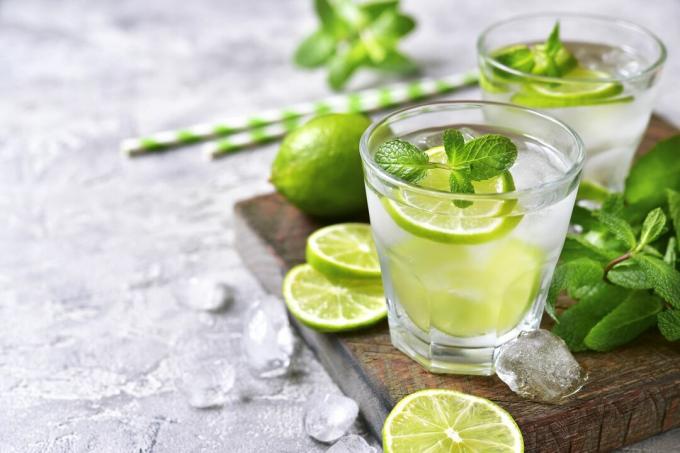With our tips on harvesting and use, nothing stands in the way of deliciously fragrant peppermint from your own garden.

Peppermint is easy to grow. But untamed by a root barrier, it likes to multiply itself in the garden. One way to control their urge to spread is through harvesting. But what is there to consider when harvesting? And how can peppermint be processed in the kitchen?
Due to its high content of essential oil, tannins, flavonoids and other secondary Plant substances, peppermint is often used as a medicinal herb for digestive problems and colds. However, most people will know them as an ingredient for refreshing teas.
Individual shoot tips and leaves can be picked all year round. They are suitable as a decorative garnish, ingredient for soft drinks, smoothies, teas and cocktails such as Hugo and Mojito. However, the main harvest begins before flowering in July. Usually only the upper parts of the shoots of the plants are used. However, the shoots can also be cut back close to the ground. The lush new shoots appear shortly thereafter. The harvested plant parts can now either
dried or frozen so that you can also enjoy the aromatic herb from your own cultivation in autumn and winter.
A little peppermint adds the finishing touch to Mediterranean dishes in particular - be it grilled vegetables, a summery couscou salad or a refreshing version of the classic Insalata Caprese.
In addition to peppermint, there are numerous others types of mintthat fit into your own herb bed. We give an overview and introduce you to the best varieties for the garden.



